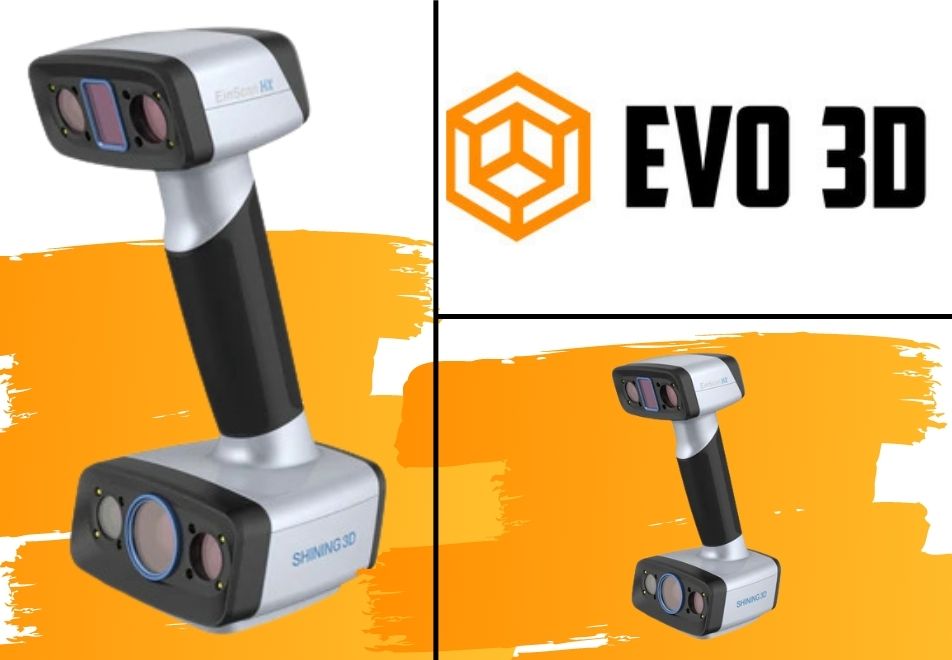Choosing a Good Industrial 3D Scanner is as Easy as 1-2-3!

3D technology is magical in the truest sense! It captures the shape of physical objects with the help of laser light. In simple words, it captures the shape and size of the physical object and represents it as a digital 3-dimensional object. These scanners can measure fine details and capture free-form shapes to generate point clouds. The industrial 3D scanner is the most suitable technology for creating small parts in a digital format.

In the coming years, 3D scanning technology will become popular across many industries. From designing to the prototype phase, 3D technology will dominate the future. It can contribute to various industries like the healthcare field, education, and manufacturing. So, if you are planning to buy an industrial scanner, we will guide you on how to buy a 3D scanner and make an appropriate decision.
The Future of Industrial Scanning
3D scanning technology is evolving at a high speed. If we study and gain in-depth knowledge about the benefits of using an industrial scanner, we can incorporate that into various fields. However, not every type of 3D scanner is a good fit for your project. You need to understand the process requirements and, accordingly, shop for a 3D scanner. Ensure you pay attention to part finish, part size, acquisition time, maintenance cost, and versatility. Here are some factors to consider when choosing the best 3D scanner for your project.How to Buy a 3D Scanner?
1. Accuracy - Accuracy is the most critical aspect of choosing a scanner. It provides valuable information and details like parts, assemblies, and manufacturing processes. In short, to get accurate data, you need to make the right decision that serves the purpose. If you are working with some specific requirements, accuracy is the most critical aspect to consider.2. Resolution - You need to consider the high resolution of a 3D scanner so that the scan data reflect even the smallest details necessary for measurement, inspection, and more. A 3D scanner with low quality will collect low-quality data. The best 3D scanner will allow you to quickly interchange volumetric ranges, which is one of the advantages when working with size and features.
3. Speed - is one of the critical qualities of the best 3D scanners. A low-quality 3D scanner takes less time to collect information than a high-quality 3D scanner. If you need high output, make sure to consider its speed and the time it takes to execute a scanning session. It can impact your work if you opt for a low-cost 3D scanner because you will need to repeat scans to achieve a satisfactory result.
4. Versatility - The best 3D scanner should be versatile to fulfil a variety of needs. For example, with a versatile 3D scanner, you can handle a variety of projects. Even for small projects and quick scanning sessions, a handheld 3D scanner is ideal. Then, sometimes a handheld 3D scanning solution is the best choice for your needs. Select a scanner that offers multiple options to execute whatever you want, giving you design freedom.
5. Software - The best scanner should be accompanied by 3D inspection software that can collect millions of data points and process the data for you quickly. Great software is the key to processing data quickly. So, consider analysing the software qualities of a scanner so that it can accurately and automatically process the data for you. The 3D scanner investment can become worthwhile when you go beyond managing and processing data.
Conclusion

Or contact Evo 3D to buy an industrial 3D printer or meet all kinds of additive manufacturing needs. So, contact us for your needs today.
